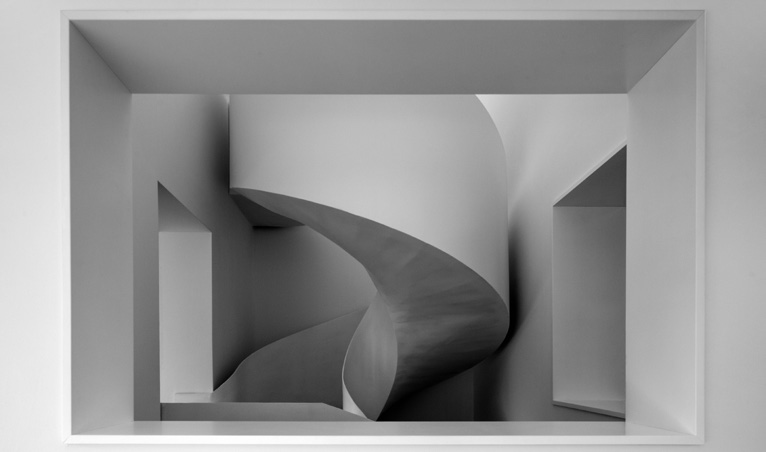Downloads
DOI:
https://doi.org/10.51588/eaaeacp.58Keywords:
reason, hand, light, shadow, myth, practice, dustAbstract
Architecture is an eminently artificial human enterprise but subject to natural laws and principles residing somewhere between the mineral world and vegetation. It is eminently archaic, as the dominant epistemologies, pragmatic conditions and techniques may change, but fundamental notions, ideas and principles remain where they have been ever since the construction of the first shelter. Architecture is also eminently thingly. As a thing, every work of architecture is in opposition to our broken world of events. For better or for worse, in actual practice this opposition settles in the act of construction, as a project becomes a building: material, structure, space.
How to Cite
Published
Issue
Section
License
Copyright (c) 2020 Krunoslav Ivanišin

This work is licensed under a Creative Commons Attribution 4.0 International License.
References
Burckhardt, T. (2009). Art of Islam. World Wisdom (https://www.slideshare.net/TaimurSuri/art-of-islam-titus-buckhardt)
Davey, Norman (1965). Storia del materiale da costruzione. Translated by Antonietta Mazza. Milano: Il Saggiatore
Director, B. (2006). On the 375th Anniversary of Kepler’s Passing. Fidelio, XI(1–2). (https://r.schillerinstitute.org/fid_02–06/2006/061–2_375_Kepler.html)
Donahue, W.H., ed. (2004). Selections from Kepler’s Astronomia Nova. Green Lion Press
Dostoevsky, F. (2016). Winter Notes on Summer Impressions. Alma Books
Evelyn-White, H.G. (2005). Hesiod, Homeric Hymns and Homerica. Adelaide: University of Adelaide (https://ebooks.adelaide.edu.au/h/hesiod/white/complete.html)
Fathy, H. (1989). Architecture for the Poor. The American University in Cairo Press
FitzLyon, K. (2016). Preface to Dostoevsky. Winter Notes
Goethe, J.W. (1840). Theory of Colours, translated by Charles Lock Eastlake. John Murray
Hesiod. (1914). The Theogony, ll 270 — 280, in: Evelyn-White. Hesiod, Homeric Hymns and Homerica
Isaiah 3:24, New International Version
Kepler, J. (2000). Optics; Paralipomena to Witello & Optical Part of Astronomy, translated by William H. Donahue. Green Lion Press
Mies van der Rohe, L. (1924). Architecture and the Times, in: Johnson, P. (1978). Mies van der Rohe, The Museum of Modern Art
Mitrović, B. (2011). Philosophy for Architects. Princeton Architectural Press
Ovid (1958). The Metamorphoses, Book IV, translated by Horace Gregory. The Viking Press
Pausanias. (1918). Description of Greece, translated by W.H.S. Jones. (https://www.theoi.com/Text/Pausanias2B.html. 2.16.5)
Semper, G. (2011). The Four Elements of Architecture. Cambridge University Press
Sennett, R. (2008). The Craftsman. Allen Lane
Sloterdijk, P. (2005). In the World Interior of Capital: Towards a Philosophical Theory of Globalization, The Crystal Palace. Atlas of Places, June 2018. (https://www.atlasofplaces.com/essays/the-crystal-palace/)
Torres, E. (2009). Light is for Free, in: Mateo, J.Ll & Sauter, F. Iconoclastia. Actar, LX





